Our trip was nearing its end, with one full day left to explore the South Island of New Zealand before we flew back to Auckland and then on to San Francisco. There was still so much to see, the Tasman Glacier and its icebergs, thousands of years old clay cliffs at Omarama, Cromwell, a 19th century town rescued from a flood, something known as ‘Roaring Meg’ and the Gibbston wine region. Greeted by cornflower blue skies and bright sunshine we left the Hotel Hermitage set on our last two days of discovery.
Tasman Glacier Lake by Mount Cook, New Zealand
Before we left Mount Cook we took the short hike out to the Tasman Glacier, not only the largest glacier in New Zealand, but also boasting towering icebergs.
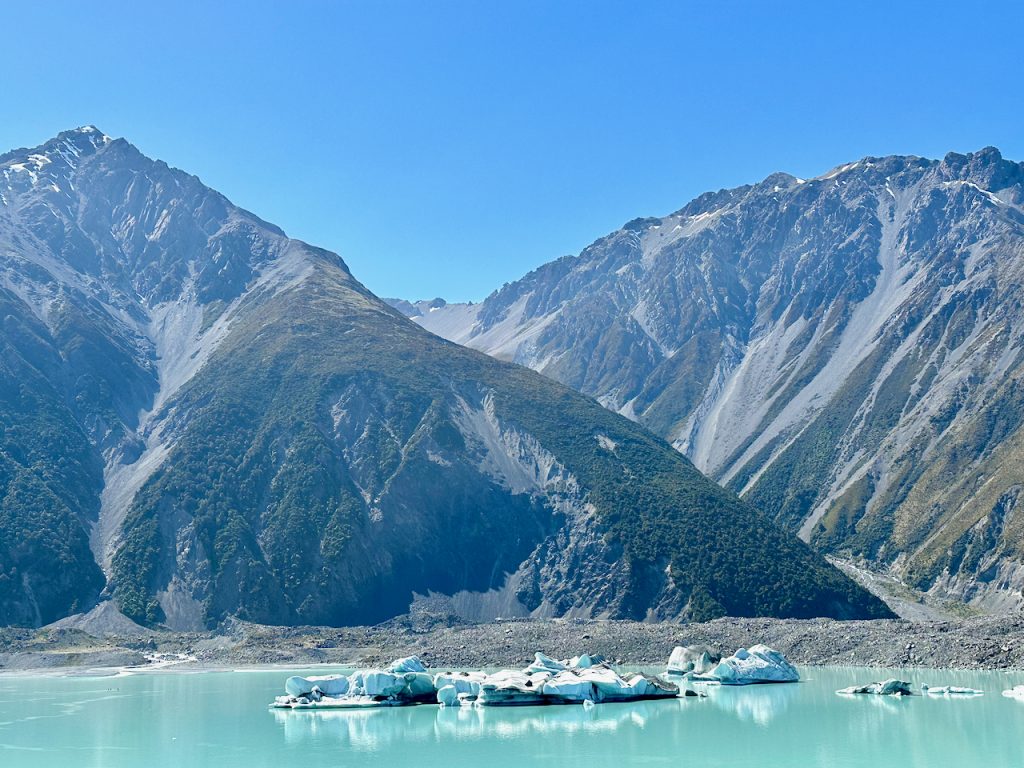
It’s difficult to capture the iceberg’s scale from a photo but some protrude as high as as 50-60 meters (160-200 feet) from their watery bed.
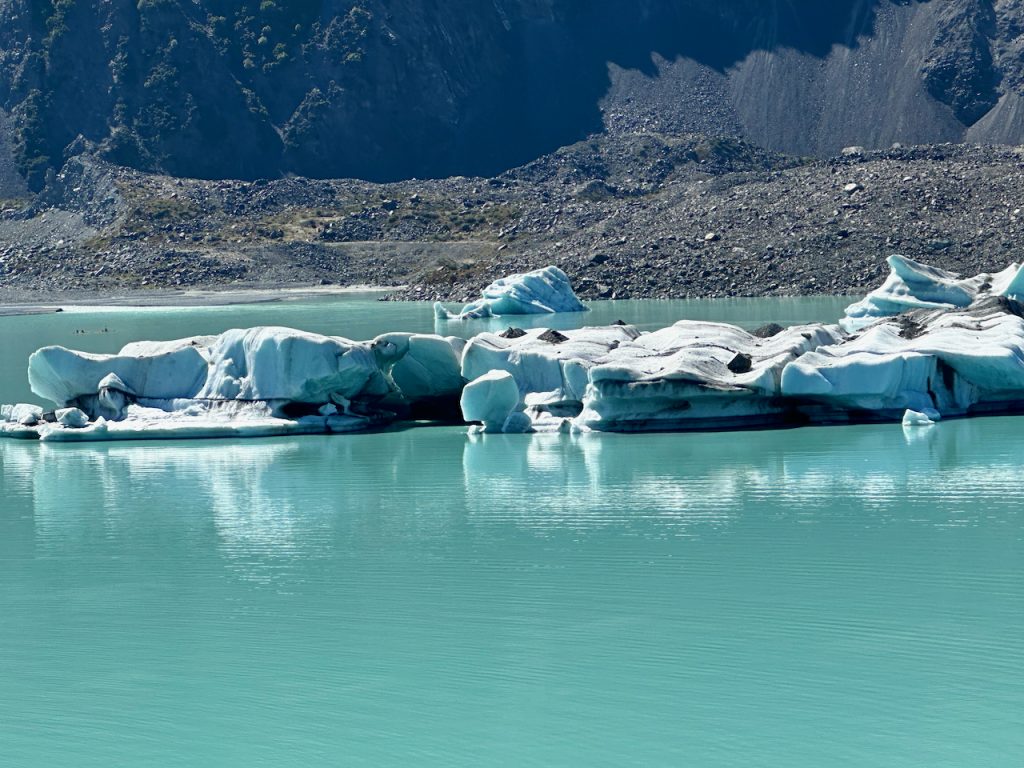
It’s possible to book a Boat tour from the Hermitage Hotel to be able to get a closer look.
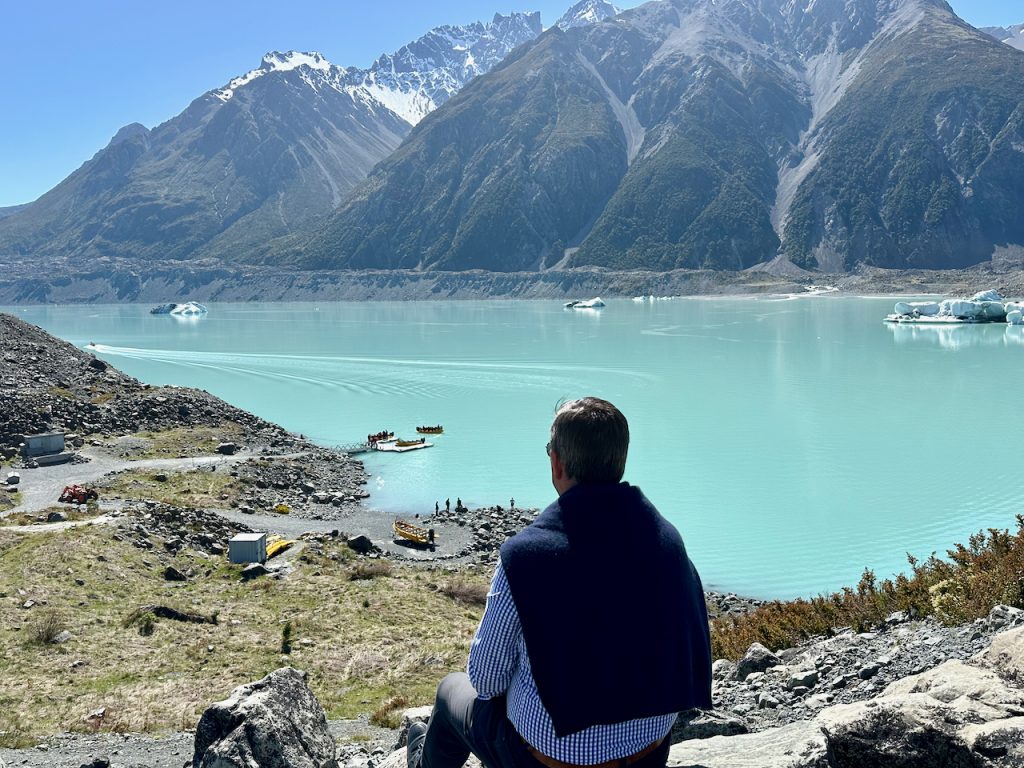
The tours last about three hours and we were pressed for time, but even from the lake shore the glacier and its icebergs were an impressive sight.
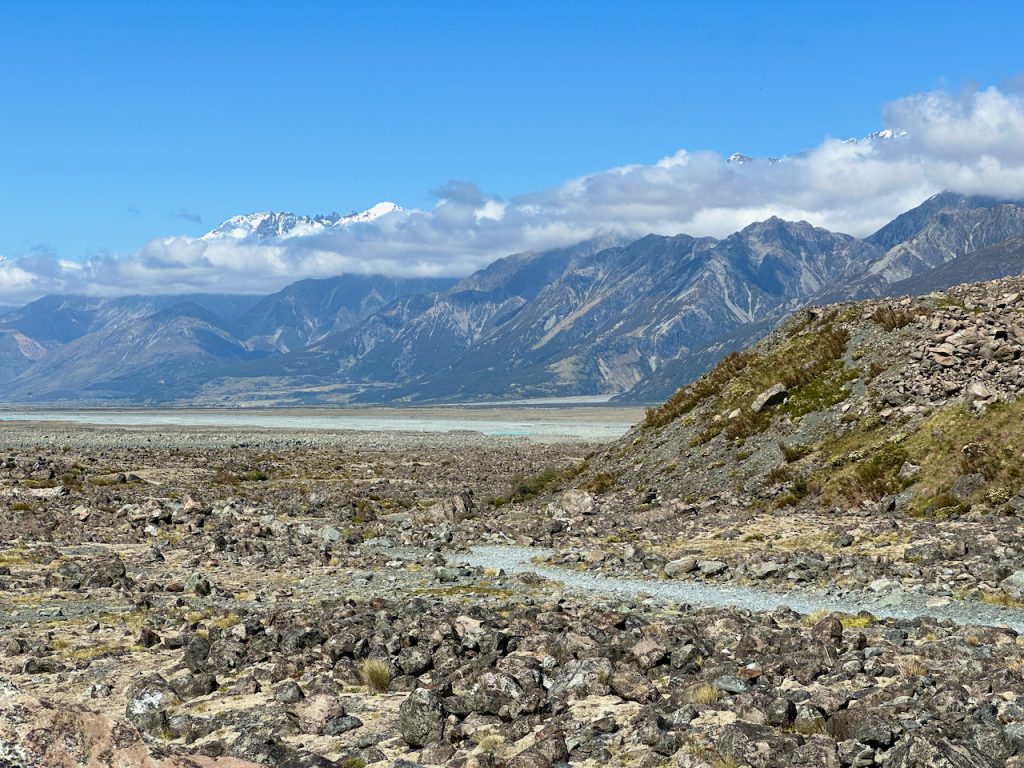
The trail to get to the lake was flanked either side by rock debris from where the glacier has retreated. The Tasman Glacier is considered one of the fastest retreating glaciers in New Zealand, shrinking by over 100 meters per year. As it melts, Tasman lake, created from the snow melt, grows, it has been steadily expanding since the 1970s. It is an incredible natural phenomena to see.
Leaving the glacier and Mt Cook behind us we headed south for Omarama, continuing to be spoiled by the beautiful scenery.
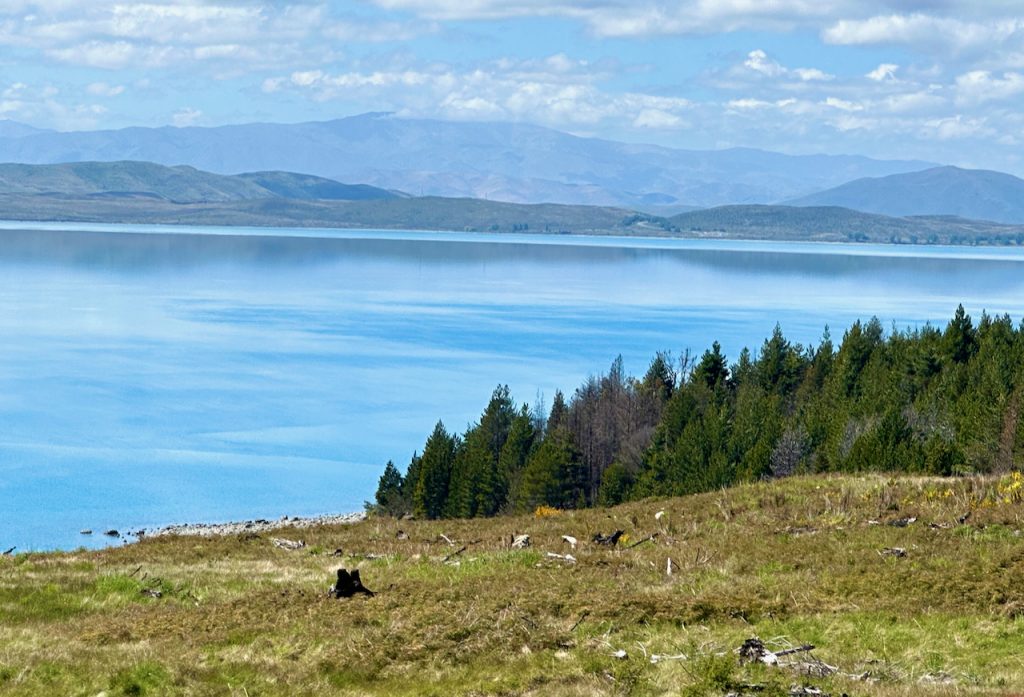
The Clay Cliffs at Omarama, New Zealand
Our next stop was the clay cliffs 10km west of Omarama. To reach them we turned off the main road ending up on a track that seemingly led nowhere that extraordinary. The track eventually curved sharp right and it wasn’t until that point that we saw the cliffs.
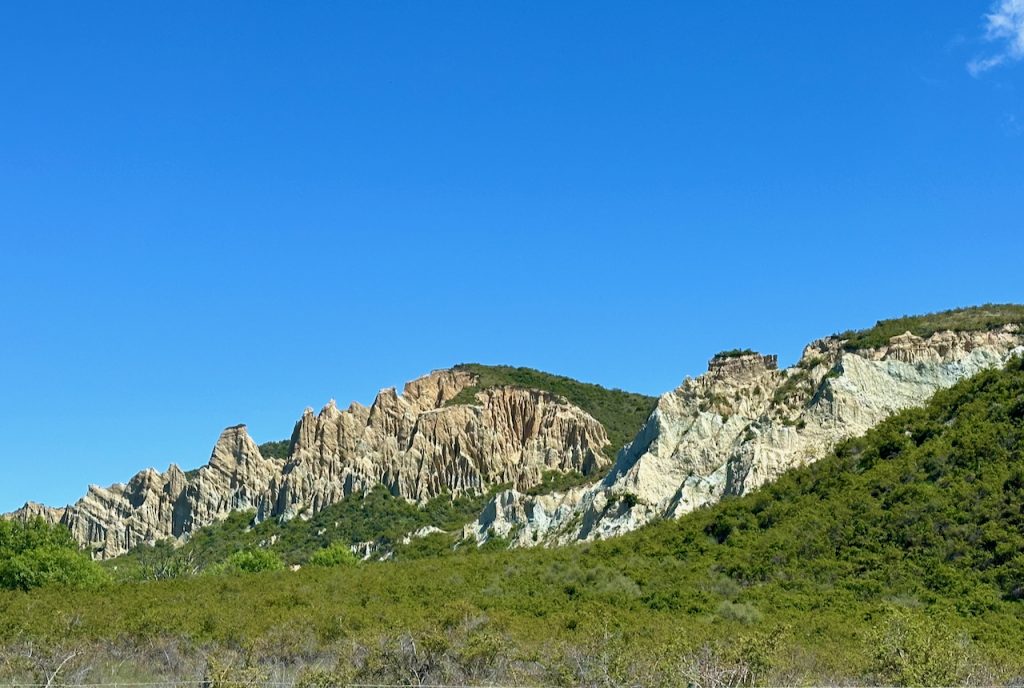
These clay cliffs are a stark, gasp worthy sight – towering, golden pinnacles separated by narrow, weeping ravines. A walking trail enables you to get closer. We had chosen a good time of year to visit as the wild lupins were in bloom! These lupins are not native and were bought to New Zealand during the 1940’s, many from North America, to help stabilise the soil and add nutrients back to the land. What no one realised was how quickly these flowers would spread and take root across the country. We saw them everywhere, their bright vibrant rod like heads lining the county roads, they were prolific here!
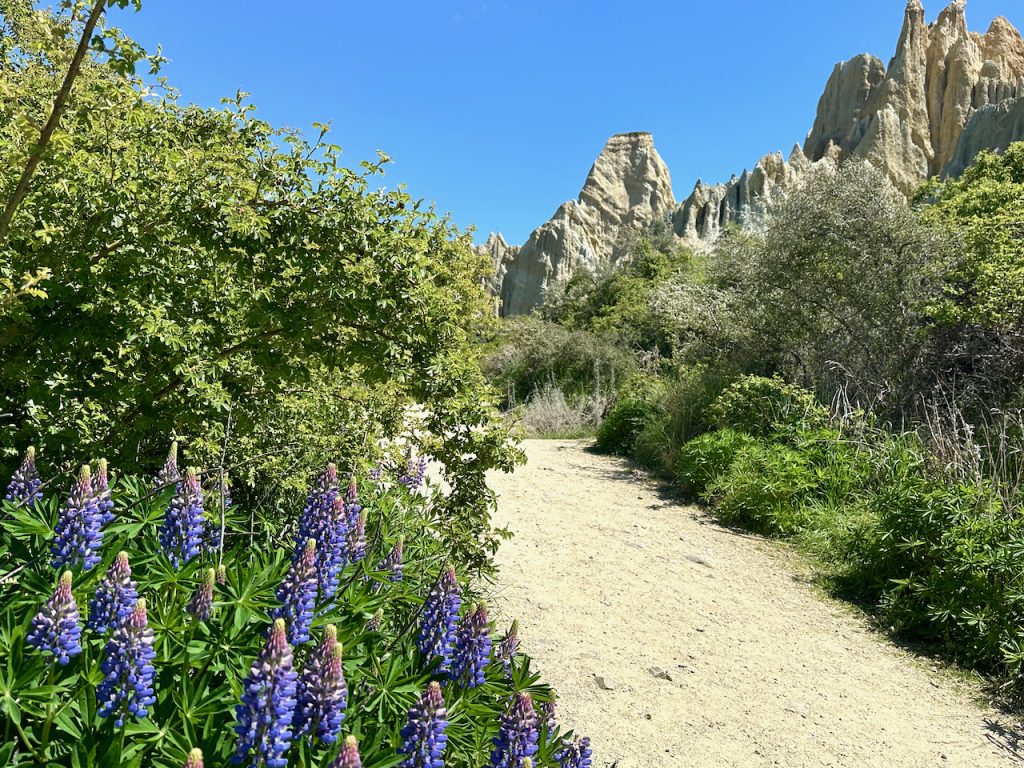
The cliffs are a classic example of a ‘badlands’ terrain. They are made up of of layers of silt and gravel, formed by ancient glaciers over a million years ago.
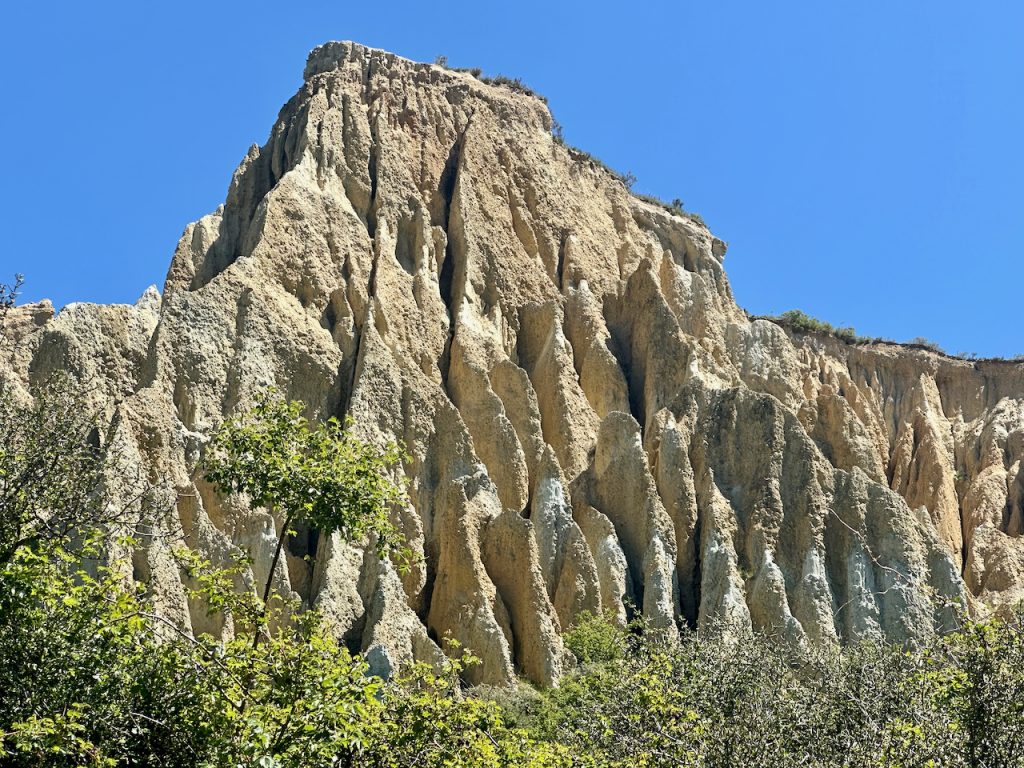
The erosive action of wind and rain over thousands of years has eaten into the sedimentary layers to produce these spectacular finger like tears down the face.
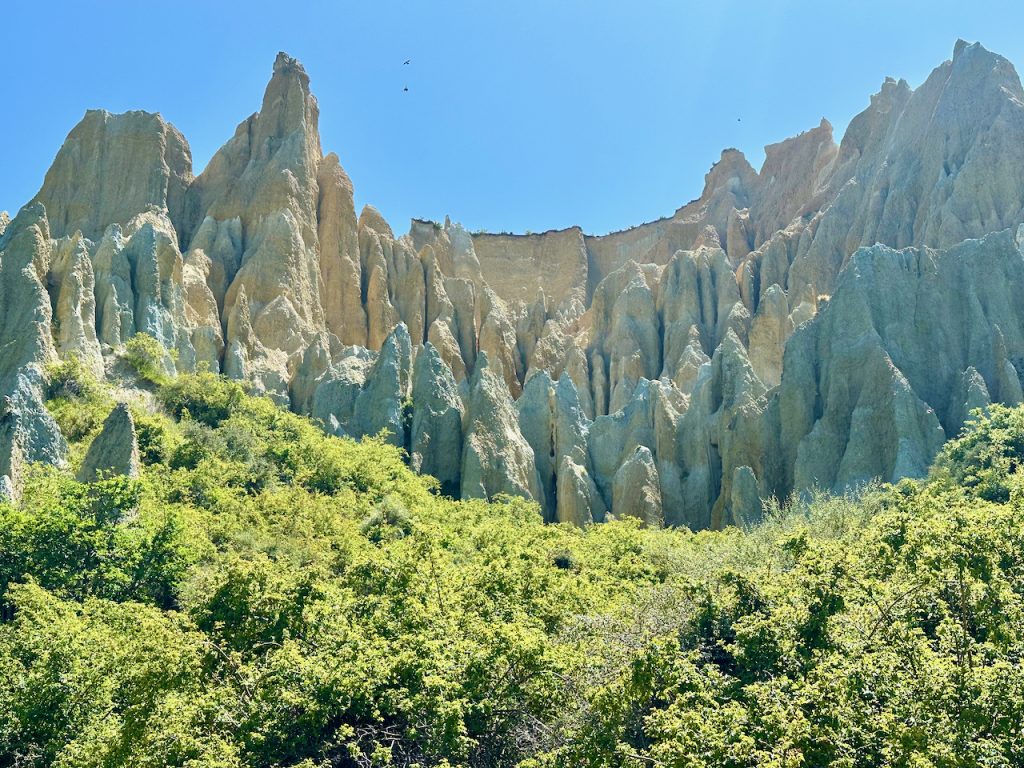
The sediment layers are all tilted at the same angle but the irregular terrain creates an optical illusion affecting how they look. We were not surprised to learn that this almost unworldly spot was another location chosen for the Lord of the Rings. Over time as the canyon walls have eroded, the debris has accumulated in aprons of alluvial fans that slope down to the Ahuriri River.
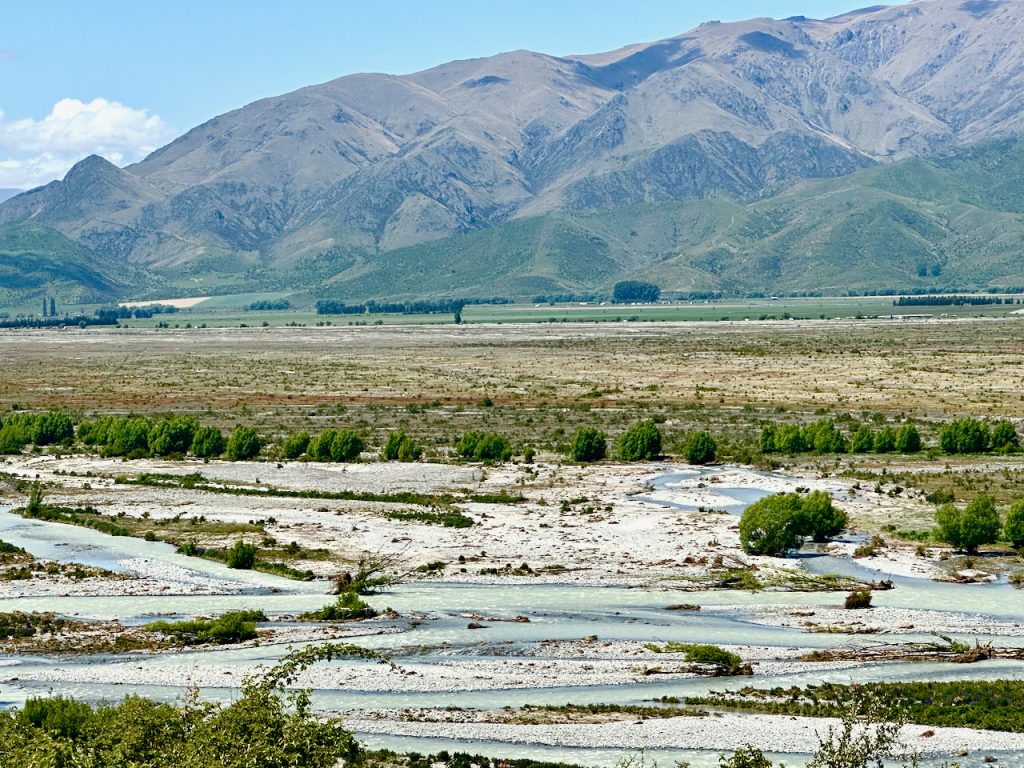
The distinctive channels which are clearly visible on the Ahuriri River plain were created 18000 years ago during the last ice age. Many movements of the Ostler Fault over the last half-million years have uplifted the line of hills seen in the background. Each subsequent fault movement has caused as much as 4m uplift. Yet another series of astounding ‘kodak moments’, it was incredible!
We stopped for a bite to eat at a former sheep sheering station just south of Omarama.

Making our way through the lush, green hills we finally reached Cromwell where we would be stopping for the night.
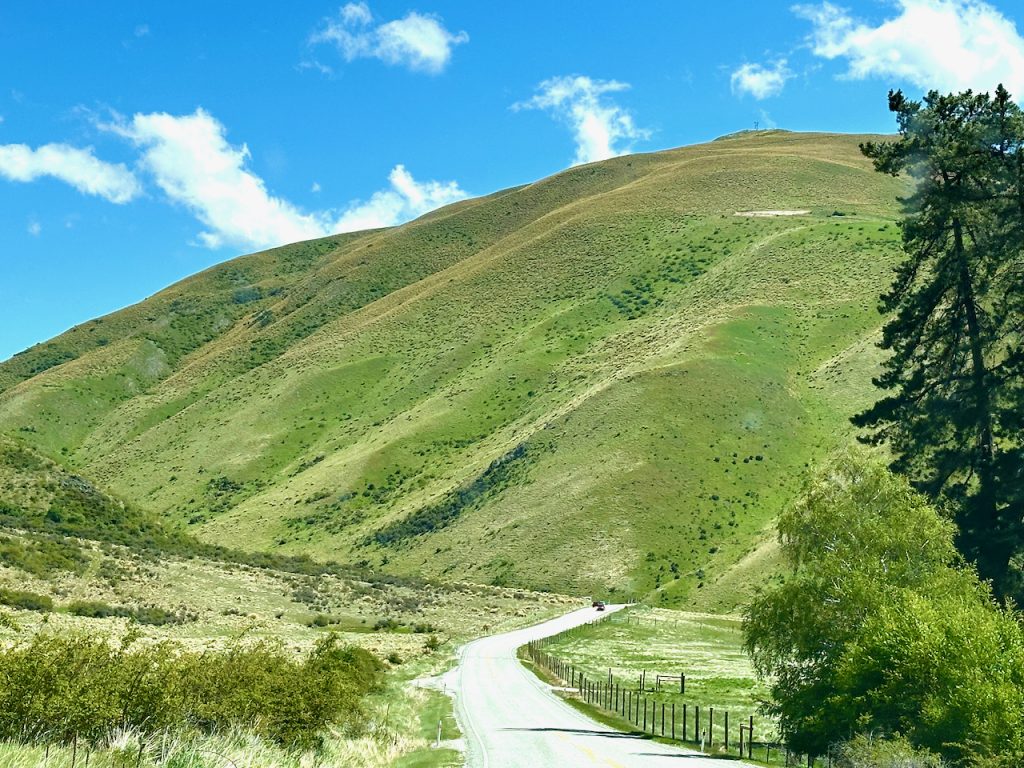
Cromwell Heritage Precinct
Tucked away next to the shores of Lake Dunstan sits this fascinating heritage site.
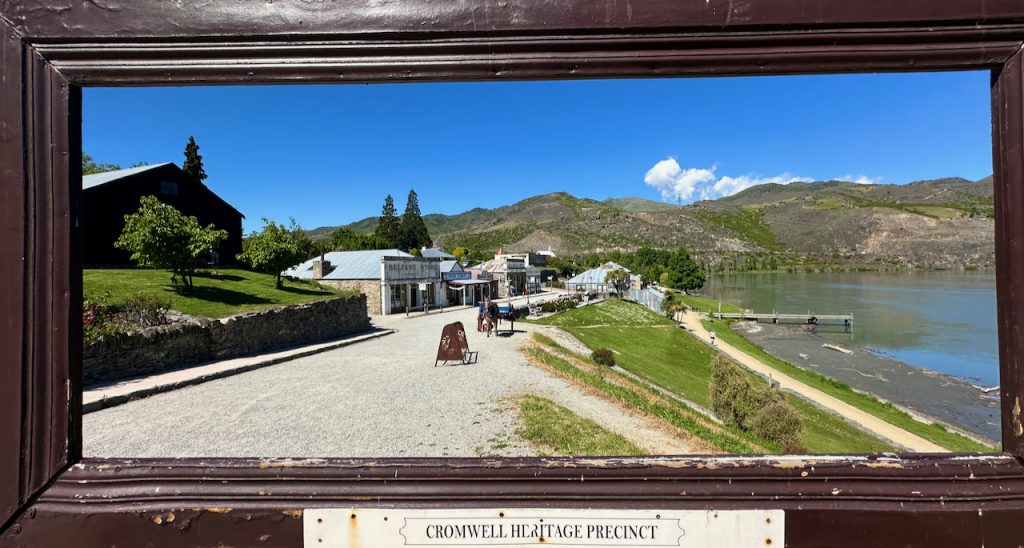
Lake Dunstan
This lake was formed in the 1990’s as a storage reservoir for the Clyde Dam.
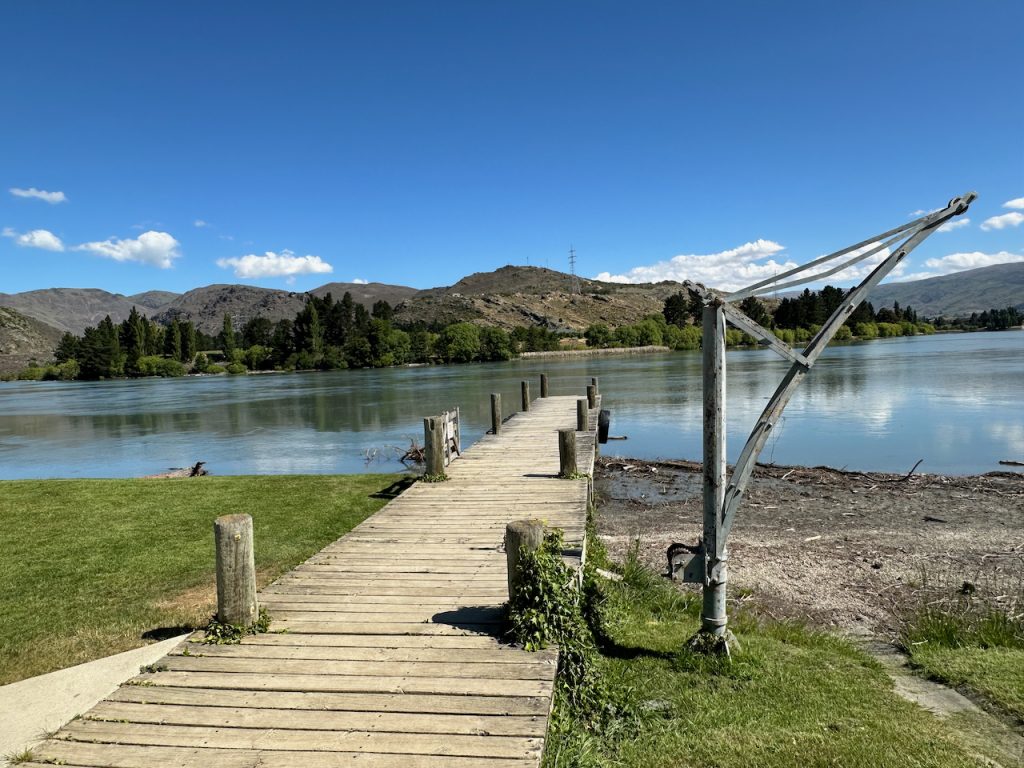
The lake would have flooded the original historical township but thanks to a local historical society, Old Cromwell Inc, many of the old buildings were saved.

Many of them were dismantled and rebuilt on today’s Historical Precinct site.
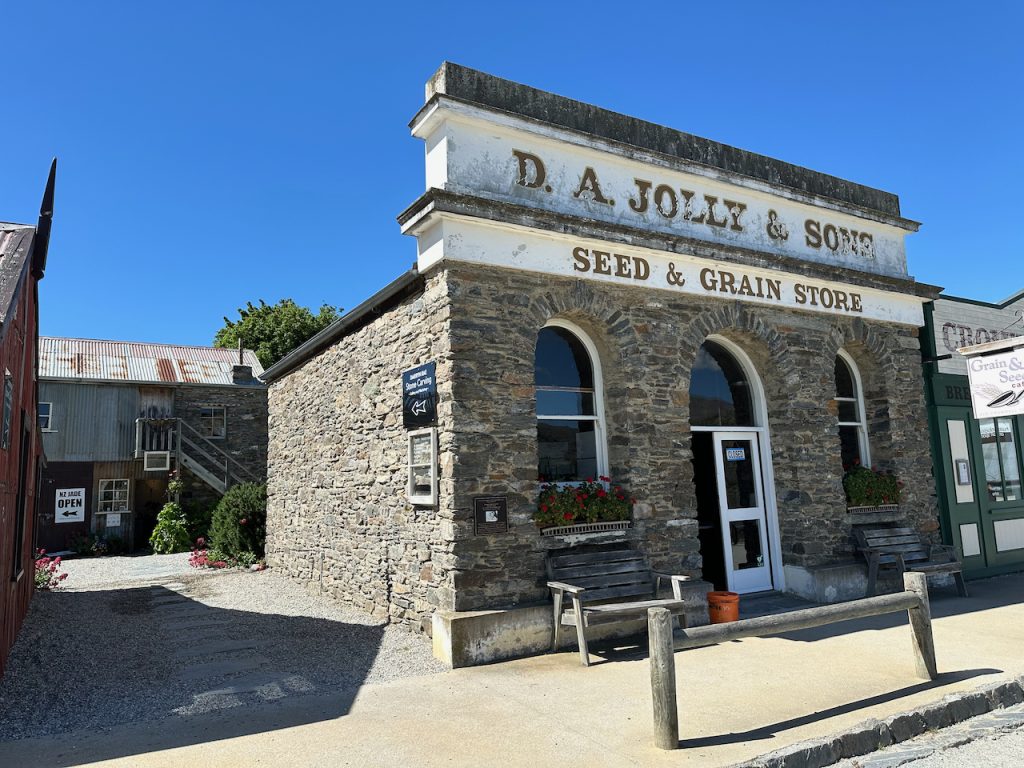
A reconstruction of the inside of a 19th century printers.
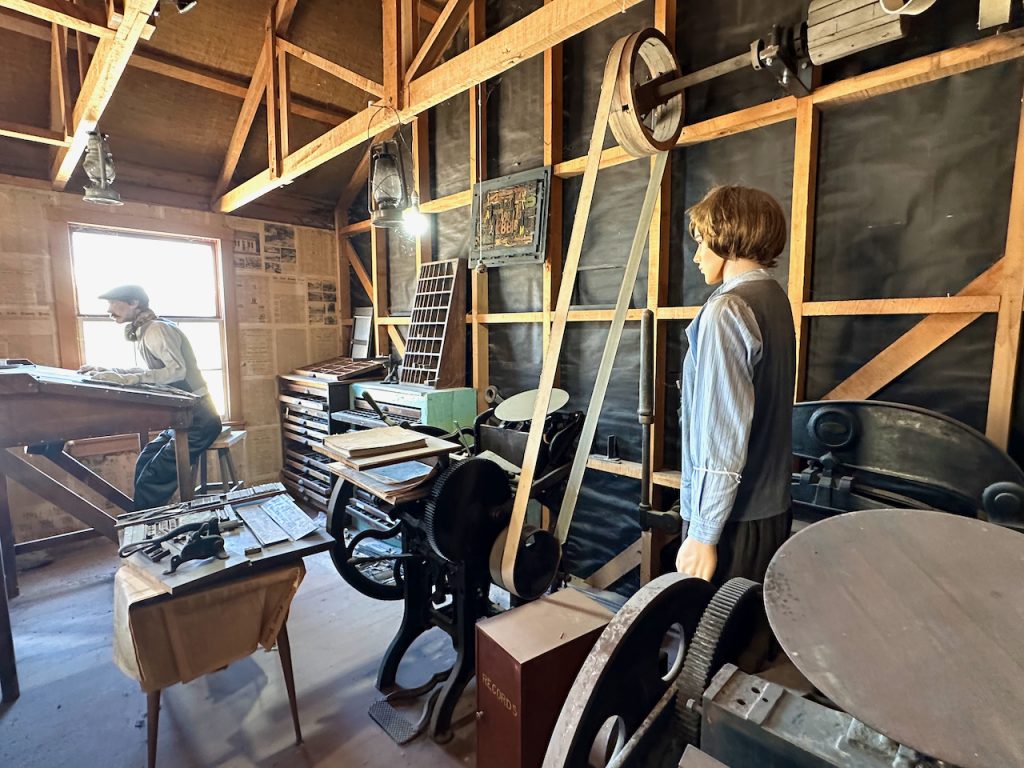
The Precinct tells the story of the 1860’s gold rush in New Zealand when this sparsely populated region of central Otago was suddenly swamped by thousands of hopeful gold prospectors.
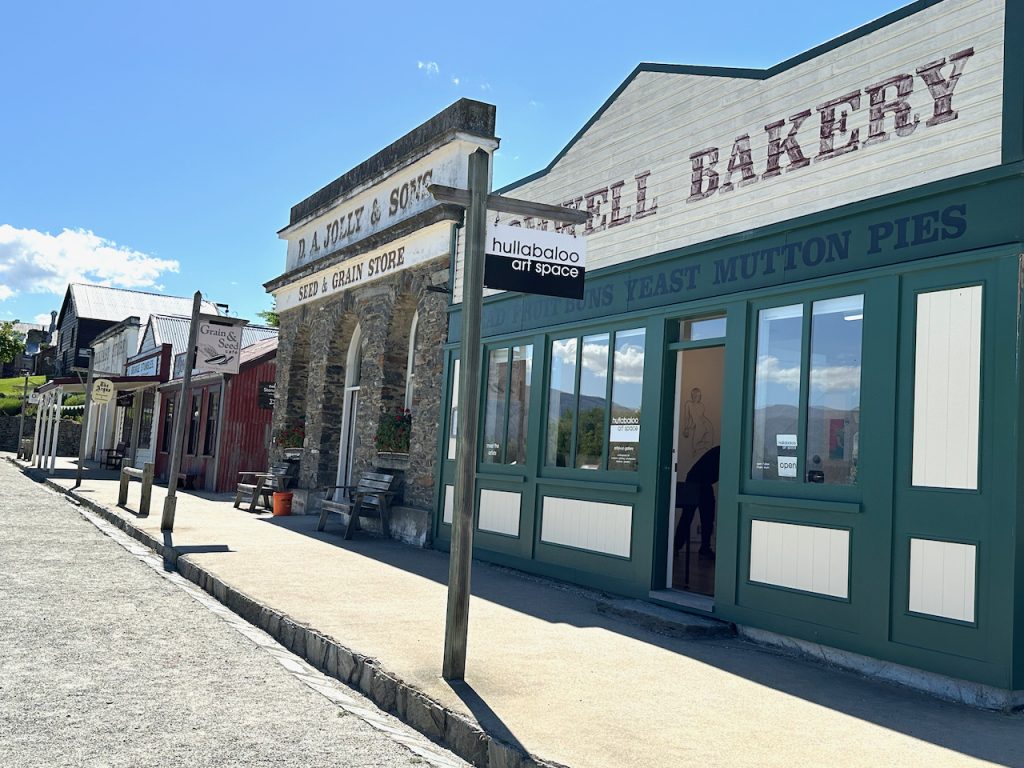
Dredge buckets for gold panning
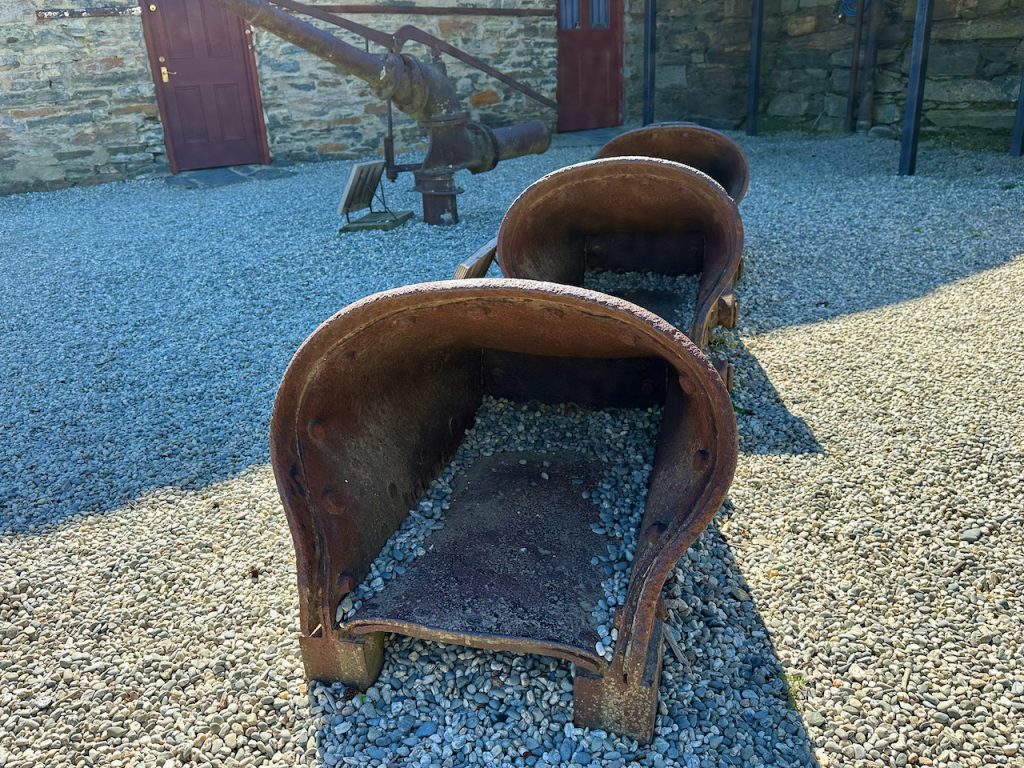
Sluice Monitor Gun
Monitor guns like these were used to wash gold-baring gravels to allow the separation of gold tailings into sluice boxes.
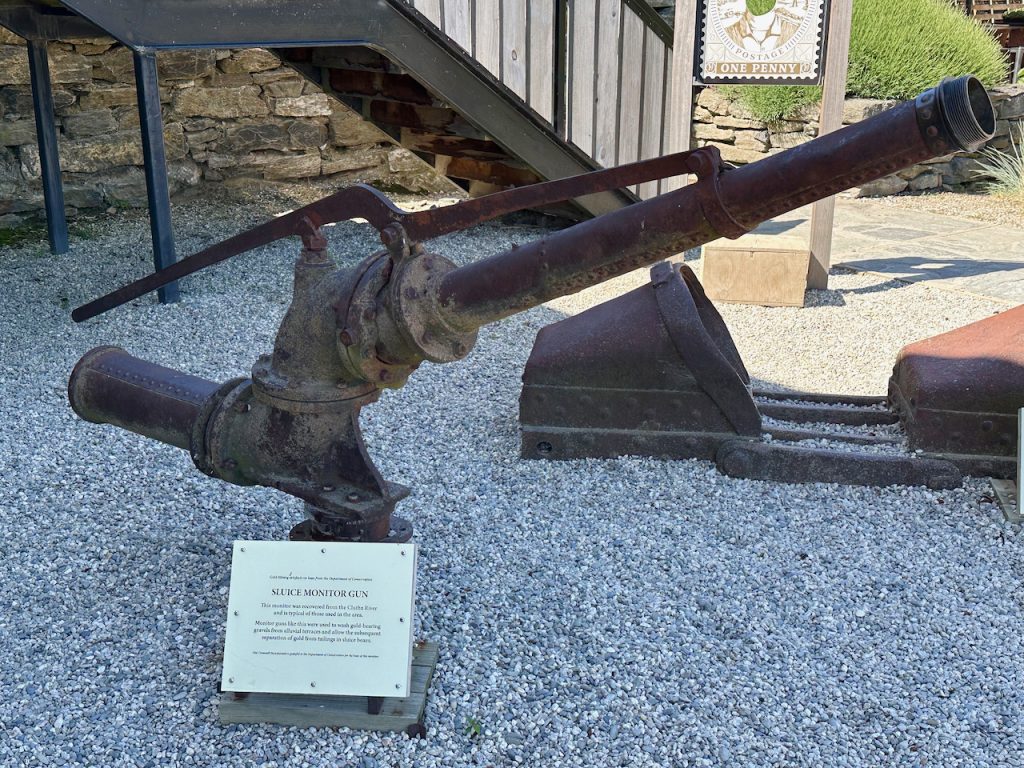
Today Cromwell is a thriving fruit growing region.
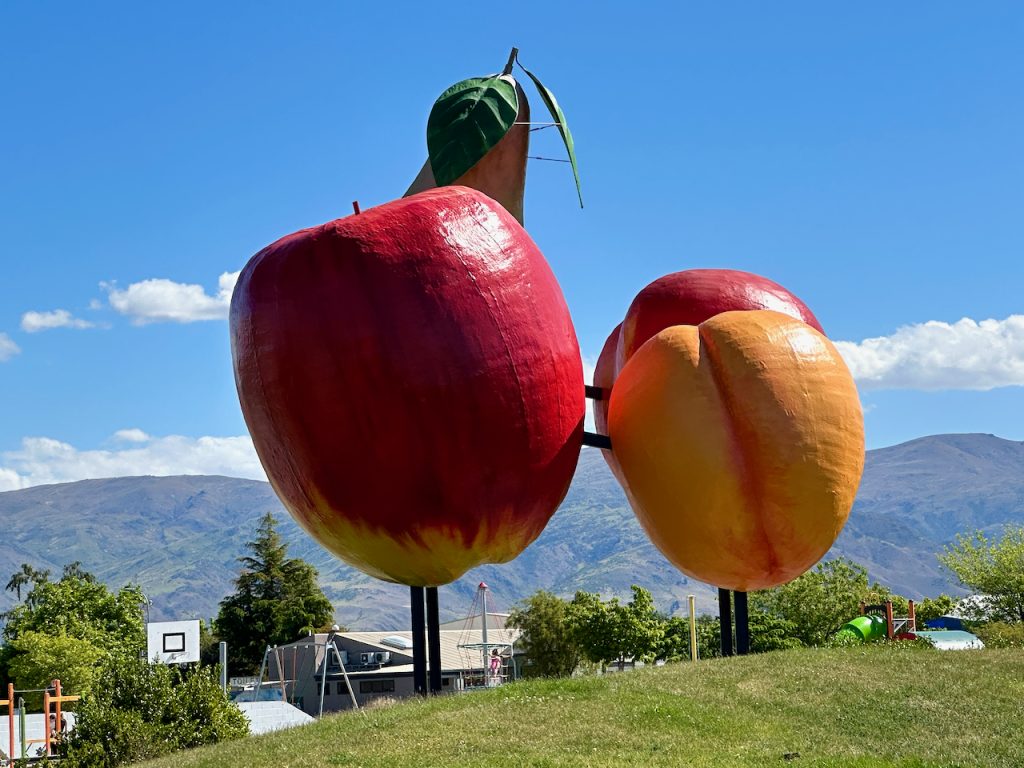
Often referred to in New Zealand as the ‘fruit bowl of the south’, Cromwell is particularly famous for its high-quality stone fruits like cherries, apricots, peaches, and nectarines. And as we drove a round we were surrounded by orchards.
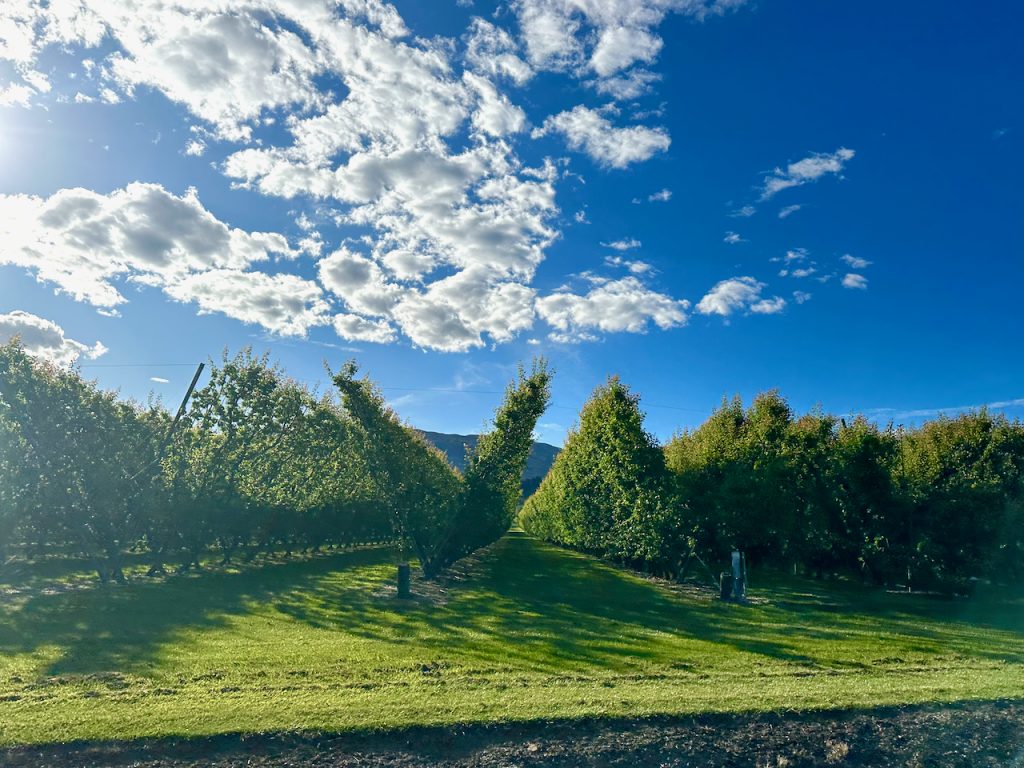
and picturesque countryside.
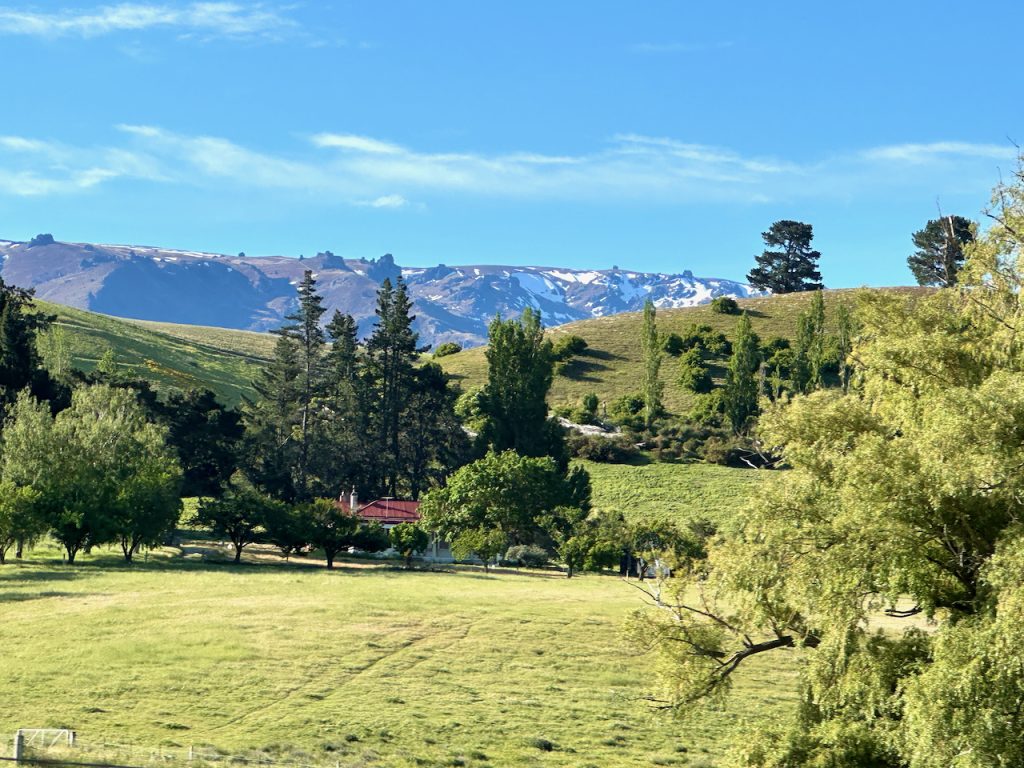
The Kawarau River, New Zealand
The next morning we drove drive back to Queenstown following the road as it twisted and turned next to the Kawarau River.
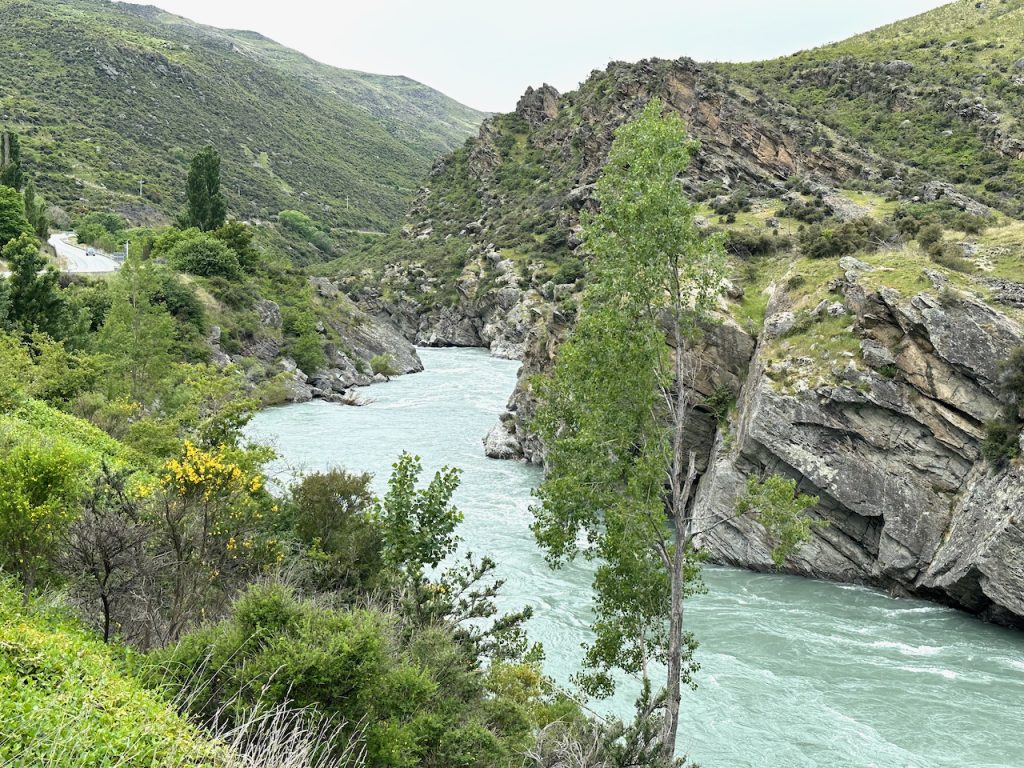
Roaring Meg
Roaring Meg was on the list of look our stops along this road. Roaring Meg refers to the turbulent water that drives hydro electrical power and merges with the The Kawarau River. Roaring Meg was first known as Kirtle Burn; there are several legends as to why it became known as Roaring Meg. Apart from the obvious association with the fierce water some say it was named after a feisty red headed bar maid called Maggie Brennannot.
Roaring Meg is a good example of one of New Zealand’s hydro electricity smaller power schemes which were developed in cooperation with gold mining, dredging and irrigation companies. Up until 1957 they were the only source of electricity in this region. The source here is a 10 meter high dam, 3.6km up the Roaring Meg. It feeds two generating stations owned and operated by Pioneer Generation Ltd. The rushing cascading sound of the turbulent water set against the backdrop of the beautiful rugged countryside make it a great place to enjoy the several hikes here.
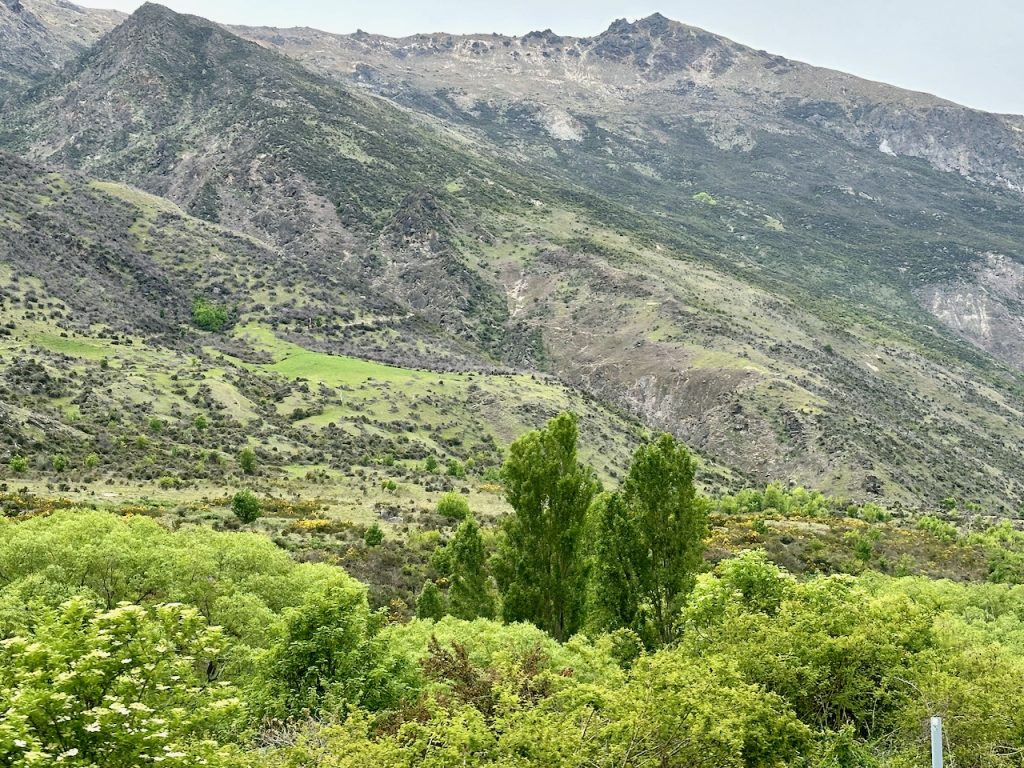
The Gibbston Valley Vineyards, New Zealand
Shortly after Roaring Meg we became surrounded by vineyards. We were now about 30km from Queenstown having driven in a big loop up to Mt Cook and back, taking a slightly different route on our return. We were in the Gibbston Valley. With snow capped mountains in the background and grey, wintery skies passing endless rows of vines seemed out of place, even though we knew that this region is famous for its wine.
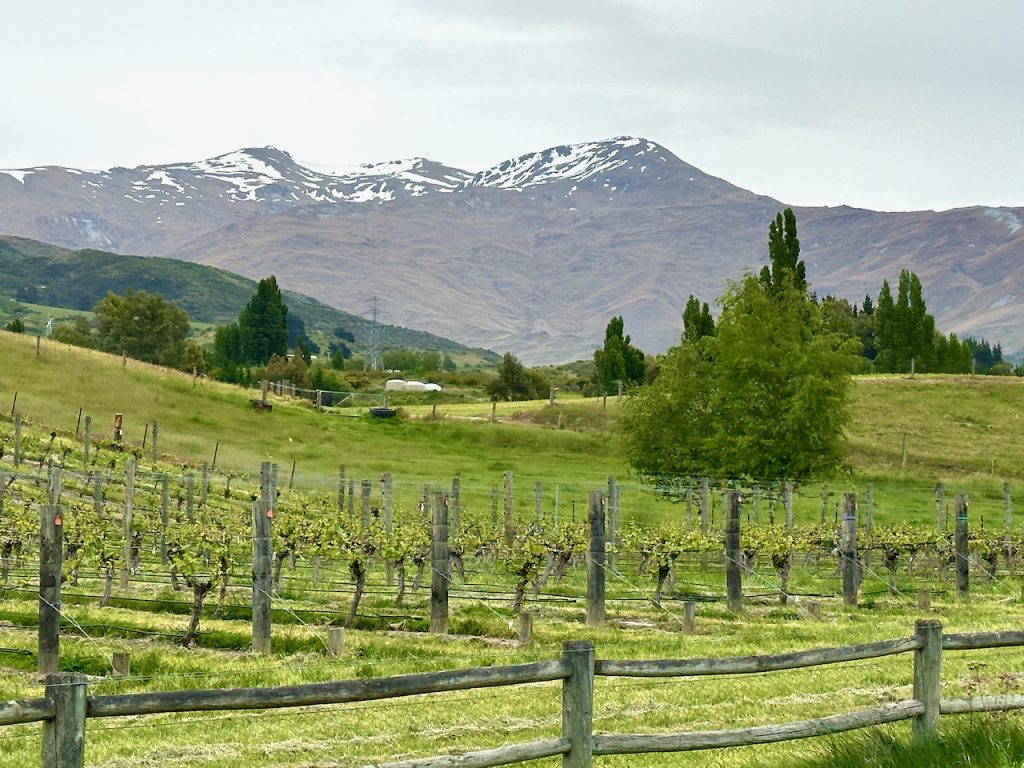
Chard Farm Winery
Amongst all the much appreciated travel advice my cousins had given us they had been insistent that once in the Gibbston Valley we should not miss the Chard Farm Winery.

We’d been forewarned about the narrow track to get there,
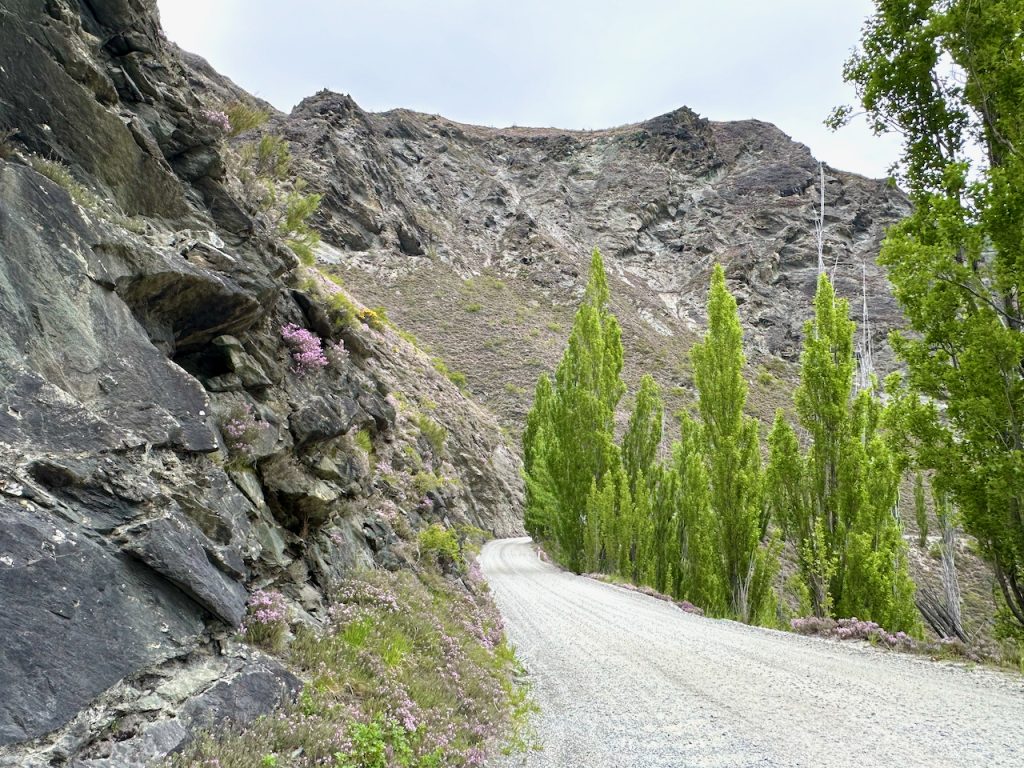
we just prayed that we didn’t meet anyone coming the opposite direction, especially when the road almost disappeared falling down the sheer sides to the fast flowing river below.
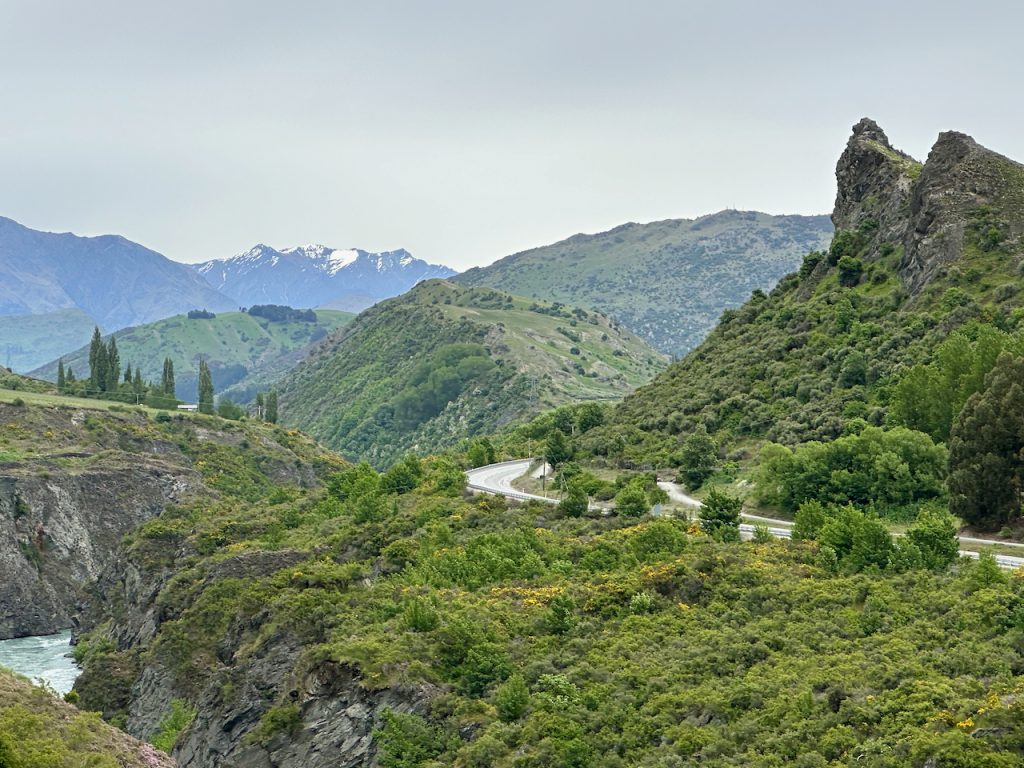
Proceeding cautiously, I just tried to focus on the splendid views!

The Chard Farm Cellar Door (tasting room) at the end of the track looked like it had been plucked out of Italy.
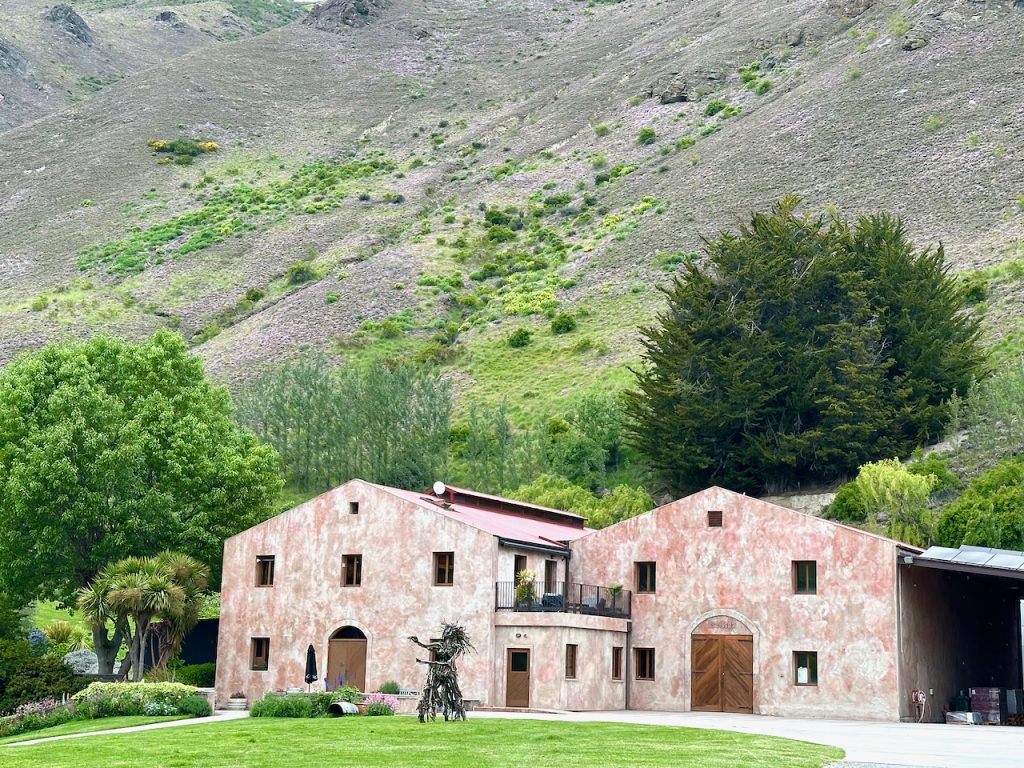
The wines, mostly pinot noir, were gorgeous and totally worth the few anxious driving moments!
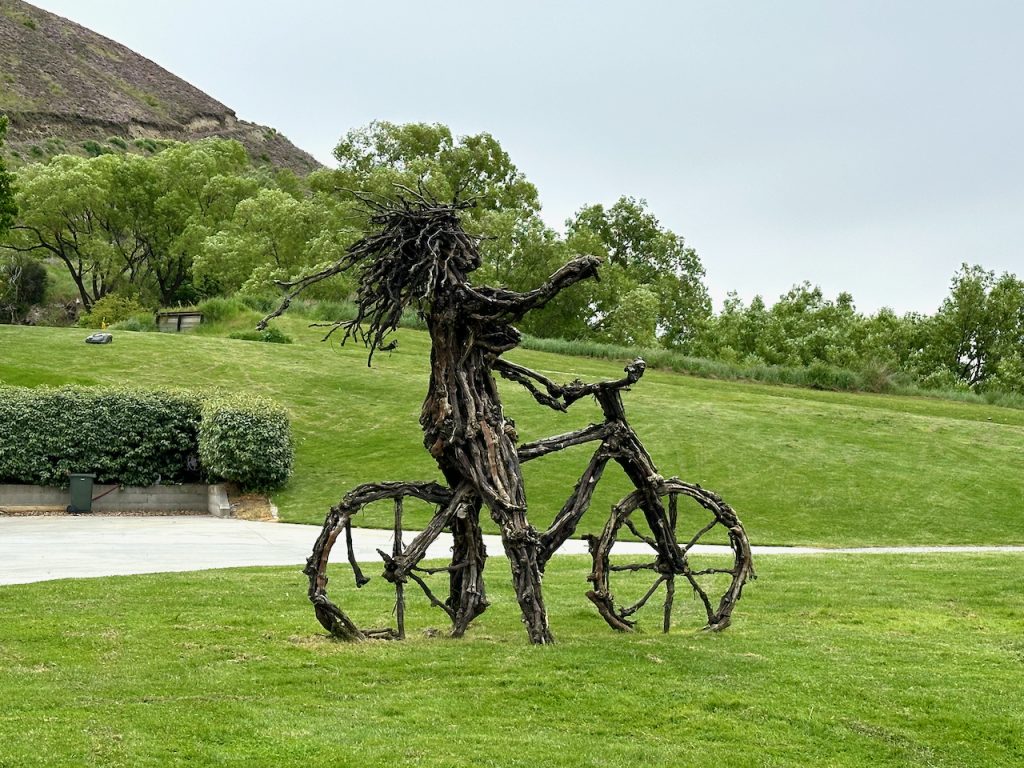
After successfully returning down the narrow track back to the main road we were treated to another thrill, one that’s definitely not for the feint hearted, bungy jumping, one of the extreme sports south New Zealand is famous for. There are several tours which will take you should you feel so inclined!
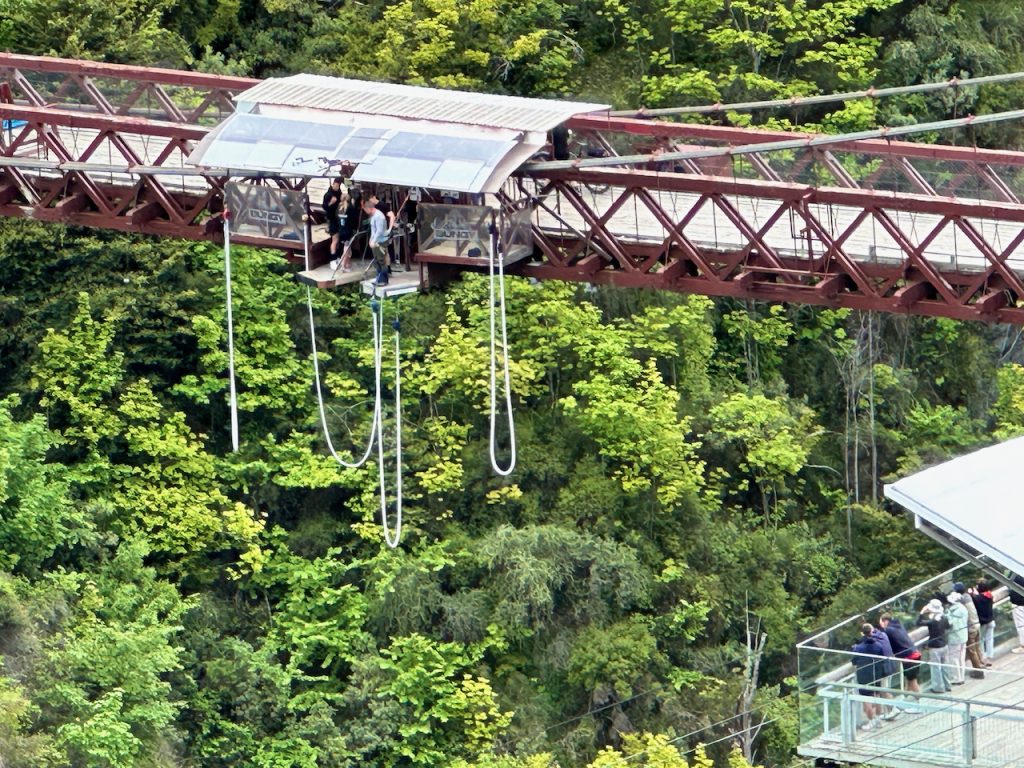
I managed to capture the jumper plunging head first towards the river, it looked terrifying and I can only imagine how it feels, but I most certainly wouldn’t want to find out! We watched as the jumper bounced by the water almost reaching it but not quite and then safely get taken by a small dingy back to the river bank doubtless to have another go, or not…..
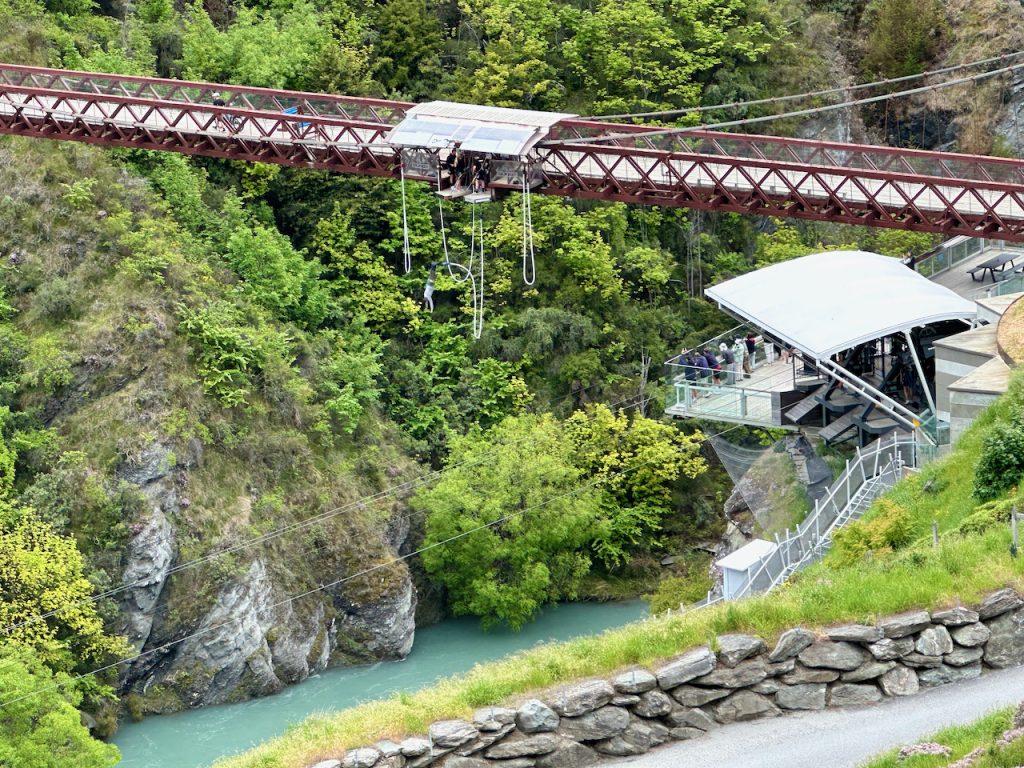
Ayrburn
About fifteen minutes later we were close to Queenstown Airport with enough time to have lunch back at Ayrburn.
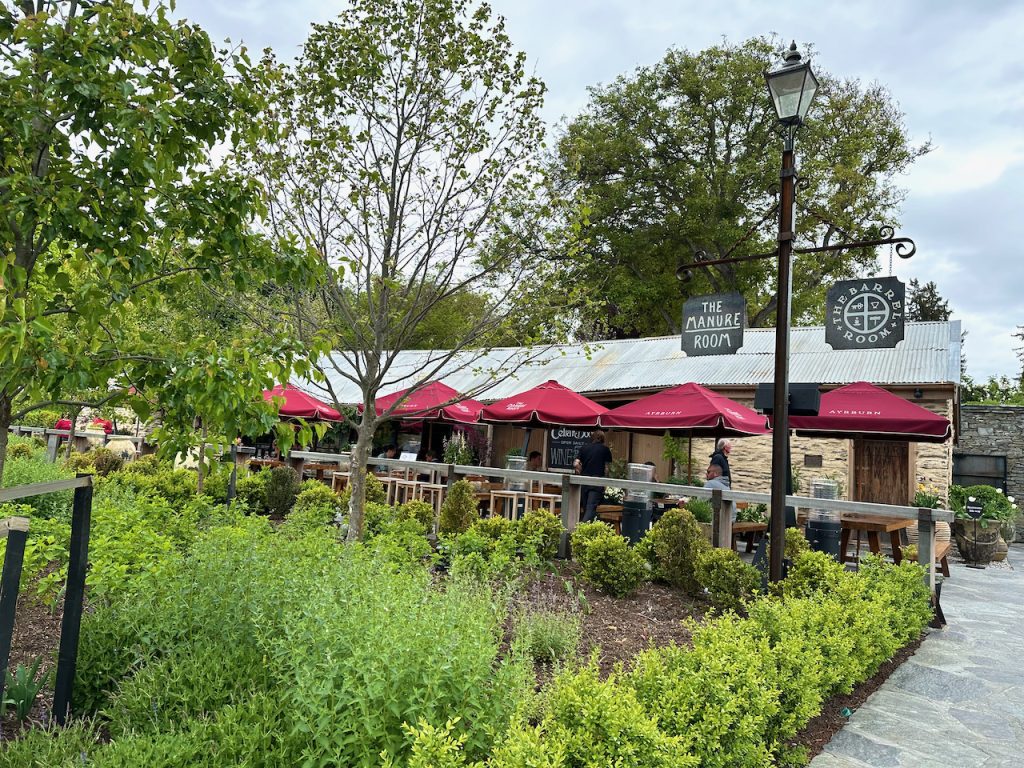
It was our favorite winery and restaurant of our visit to the south island of New Zealand and a great way to end our stay.
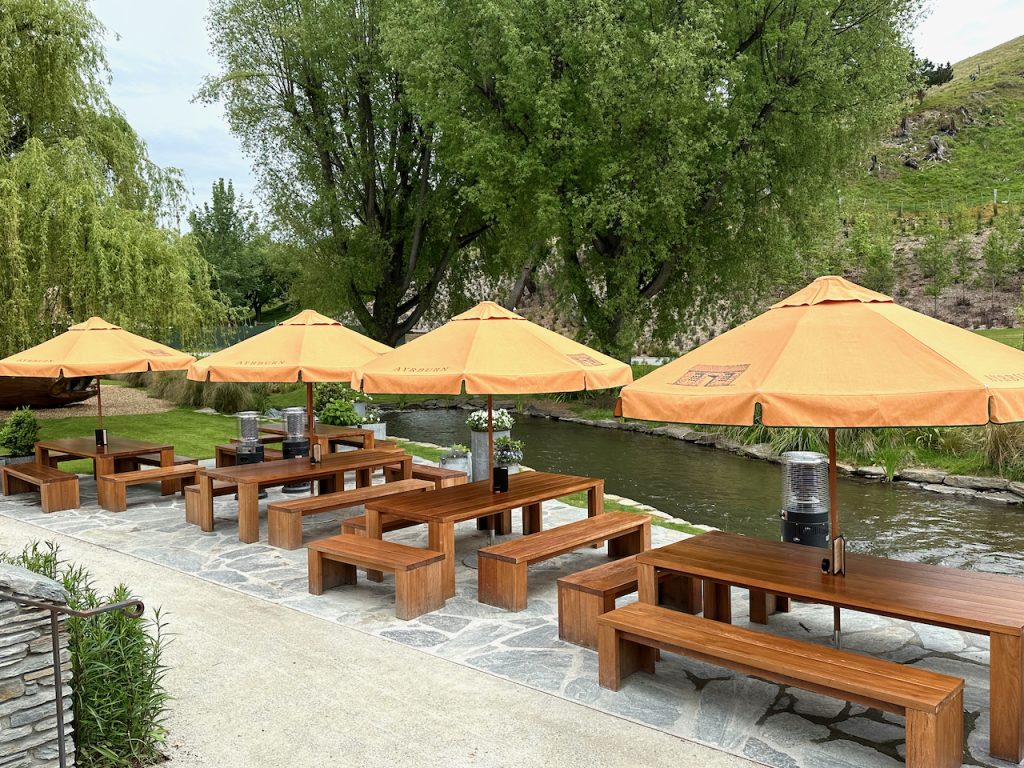
Twenty four hours later, after a final evening of fun and laughter (and did I say wine?) back with our family in Auckland we were back at 30,000 feet, flying home.
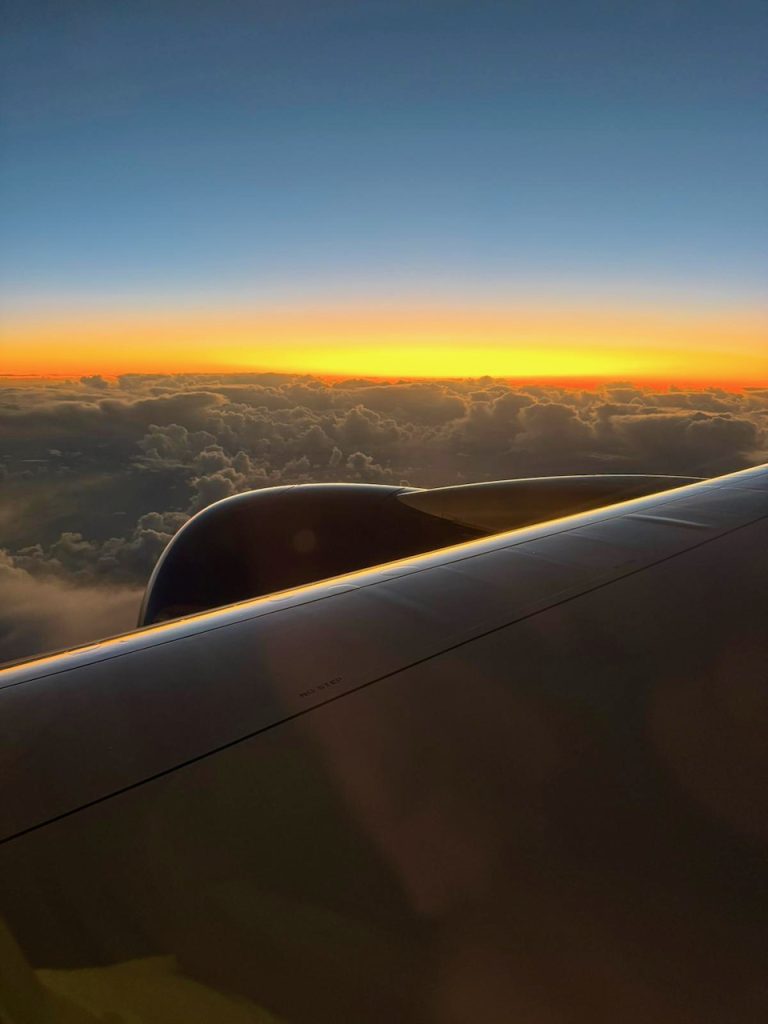
Thank you to our Lottie & Ollie who had inspired our incredible trip and Adam, Fran & Peter and Nick & Michele who made it truly spectacular. We hope to return, if you’ll have us!!!
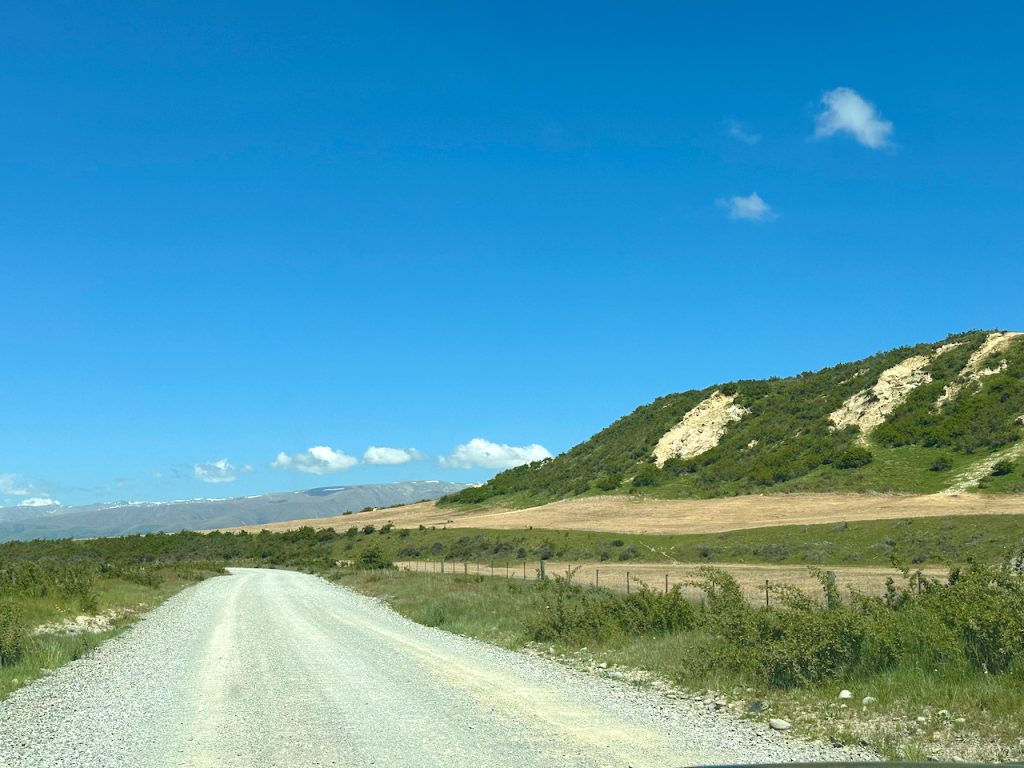

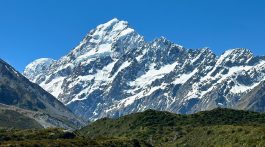
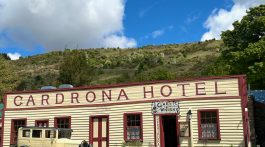
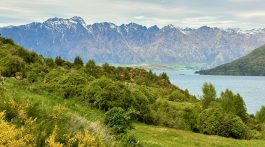
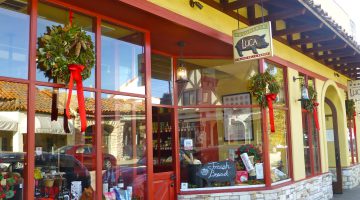
What a fabulous trip. Stunning scenery
Thank you for always being such a loyal commentator!!